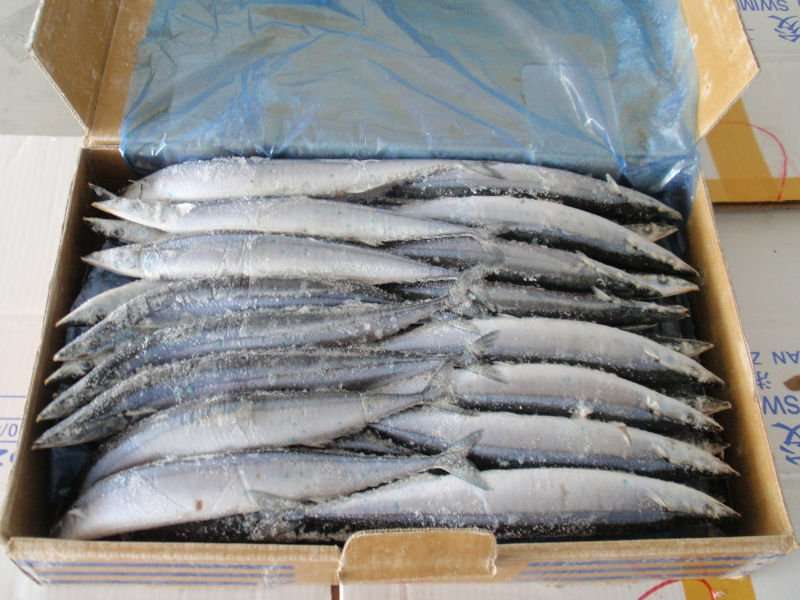Want to learn about the Spanish Mackerel? Discover the beauty of this greenback Spanish mackerel and its popularity…
The beautiful looking Spanish mackerel has the green back with silvery sides that have three rows of elliptical spots in orange color on them. The lateral line gently tapers down from the upper edge of the gill cover moving towards the caudal peduncle. The spiny dorsal fin becomes black in color on the front while the posterior membrane remains white with a black end.
The Spanish mackerel has a single row of sharp edged teeth in both jaws. The teeth are closely spaced and flattened along with being uniform and fairly large. They look very similar to the teeth of the bluefish.
The Spanish mackerel can be found in large quantities throughout the Yucatan peninsula in Mexico and a large population is found as far north as Cape Cod in Massachusetts.
They are found in shallow waters which have sandy bottoms of up to 12 m in-depth. It is very rare to see them at a depth greater than this but you can find them sometimes in deeper waters of up to 24 m.
Some fishermen have also caught them in the Sea of Cortez which falls near Punta Pescadores. If you look at their migration patterns then groups of Spanish mackerel can be found in the Atlantic Ocean as well as the Gulf of Mexico and in Florida waters also.
Since the temperatures in the Atlantic Ocean are on the rise the migration pattern reveals the movement of the Spanish mackerel towards the coast of Miami Florida. This starts from late February all through July when the population migrates towards southern Cape Cod in Massachusetts and then returns back in the fall.
In fact the eastern gulf group starts migrating from the Florida Keys towards the north. This starts happening during late winter months all the way through spring. You can then see populations of Spanish mackerel off the central West Coast of Florida from April beginning onwards. They continue moving westward and stop along the edge of the northern Texan coastline. The group of Spanish mackerel migrates backwards to its winter ground in the Florida Keys.
Feeding Habits of the Spanish Mackerel
These carnivorous fish are voracious feeders known for their highly opportunistic tactics. They feed on smaller fish and a little bit of squid as well as shrimp. Apart from those species they like thread herring and striped anchovies as well as alewives and other clupeoids. The younger Spanish mackerel feed on more anchovies as compared to the anchovy intake of adults.
Spanish Mackerel Fishing
Spanish mackerel is considered a very valuable fish from North Carolina all the way through Texas. Both trolling boats and recreational anglers avidly fish for the catch. The methods used include bait fishing, casting spoons and jigs to attract the Spanish mackerel. Trolling or fishing from piers, beaches and jetties are also utilized. The commercial method employed for fishing the Spanish mackerel uses the runaround gill netting technique but in certain cases relies on the different lures used by recreational anglers.
You can purchase the Spanish mackerel from the market in fresh or frozen form. However they are available in cuts of fillets because they’re too small to be sold in the shape of steaks. The Spanish mackerel can be cooked by baking, broiling and frying and their raw flesh which is white in color turns into a beautiful cooked meat. Spanish mackerel can also be consumed as sushi but since they’re very small in size you can get approximately 2 pieces of the delicious Nigiri from each fish.





